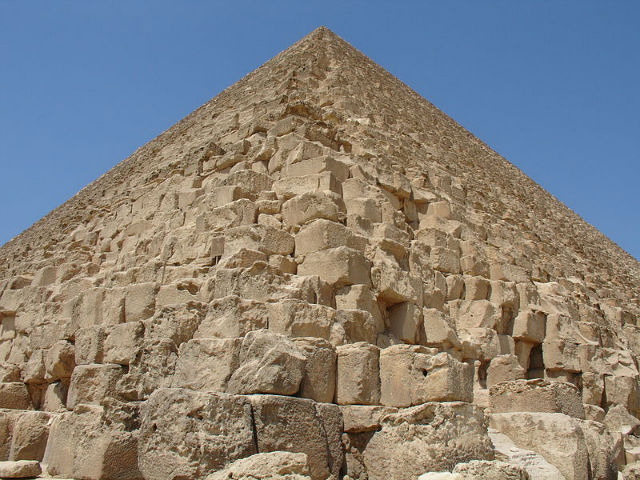Egyptian pyramids are one of the defining architectural achievements of the ancient world. As an incredible feat of engineering, Egyptologists are still discovering more about these structures with each passing year.
The Giza Pyramid Complex has attracted visitors from around the world since the days of the Grand Tour, and children around the world studying the mysteries of ancient Egypt can’t help but associate the pyramids with the grand pharaohs of yesteryear.
Still shrouded in mystery, the pyramids do not easily reveal their secrets. But over time, scholars have come to learn many surprising facts about ancient Egypt through them.
Technical feats mixed with mythology and superstition led the pharaohs to build these formidable structures, which turned out to be some of the most indestructible pieces of architecture ever created.
So even if you think you learned everything you need to know about the Egyptian pyramids at school, there is still a lot to discover.
Fact About Egyptian pyramids
15. While Djoser’s pyramid is considered the oldest, the Khufu pyramid (also known as the Great Pyramid of Giza or the Pyramid of Cheops) is the largest. The original height of the pyramid was 146.5 meters (481 feet), the current height is 138.8 meters (455 feet). (Source)
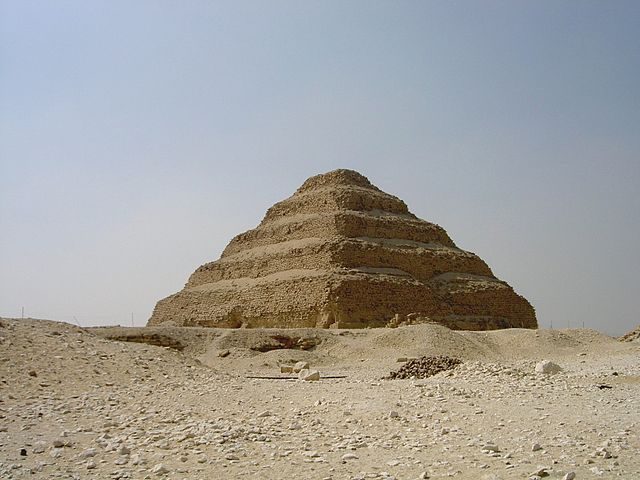
14. Until Lincoln Cathedral was built in England in 1311, the Great Pyramid of Giza held the title of the tallest man-made structure in the world. It held the record for 3871 incredible and incomparable years! (Source)
13. The Great Pyramid of Giza is the oldest of the Seven Wonders of the Ancient World and the last that still exists. (Source)
12. The Giza pyramids are protected by the Great Sphinx, the largest monolithic statue in the world. The face of the Sphinx is believed to represent the face of Pharaoh Khafra. (Source)
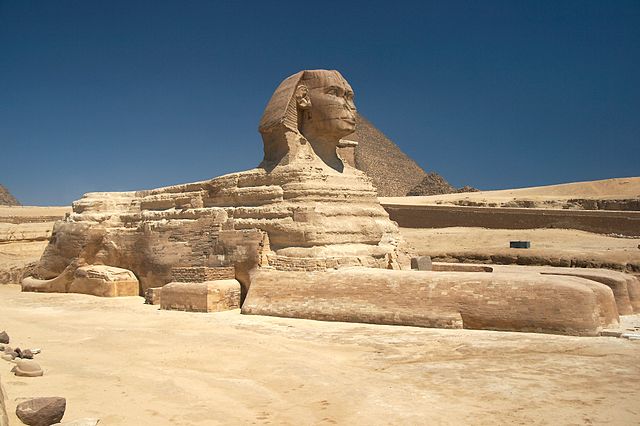
11. All Egyptian pyramids were built on the west bank of the Nile River, which as the site of sunset and was associated with the realm of the dead in Egyptian mythology. (Source)
10. The ancient Egyptians buried their nobility in the pyramids with burial goods ranging from everyday objects to more expensive items, such as jewelry. They believed that the dead would use it in the afterlife. (Source)

9. The first known pyramid architect was Imhotep, an ancient Egyptian polymath, engineer, and he is considered the author of the first great pyramid: the Djoser Pyramid. (Source)
8. There was an attempt to destroy the Giza pyramids in the 12th century. Al-Aziz, a Kurdish ruler and Egypt’s second assisted sultan, attempted to destroy them but had to give up because the task was too big. However, he managed to damage the Menkaure Pyramid, where he left a large vertical gash in its north face. (Source)
7. The three Giza pyramids are precisely aligned with the Orion constellation, which could have been the intention of the builders because the Orion stars were associated with Osiris, the god of rebirth and the afterlife, by the ancient Egyptians. (Source)
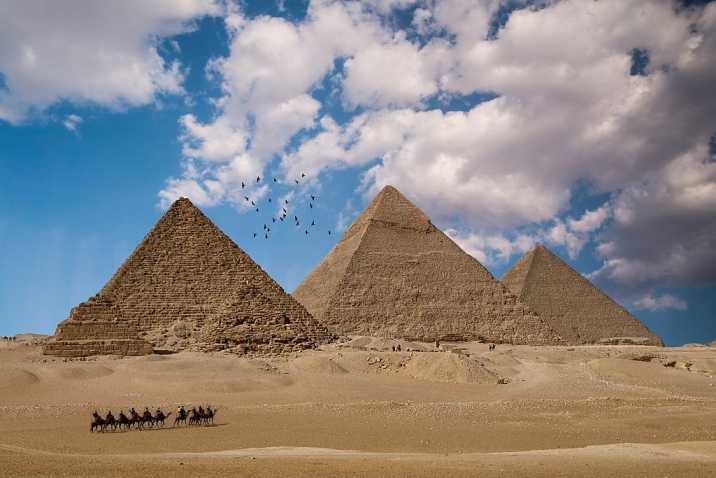
6. Despite the enormous heat outside, the temperature inside the pyramids remains relatively constant, around 20 degrees Celsius. (Source)
5. On average, each pyramid would take 200 years to build, which means there were often not just one, but several pyramids were built at the same time. (Source)
4. One of the reasons why the pyramids are so well preserved is because of the unique mortar used. It is stronger than real stone, but we don’t know what it was made of exactly. (Source)
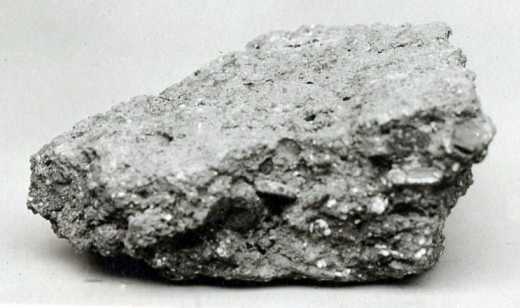
3. Contrary to popular belief, the pyramids were probably not built by slaves or prisoners, but by regular paid workers. (Source)
2. The Cheops pyramid was built to face the true north. In fact, it is the most accurate north-aligned of any structure in the world. Despite having been created thousands of years ago, the pyramid still faces this direction with only minimal error. However, this is because the North Pole changes over time, which means that at the same time the pyramid was in place. (Source)
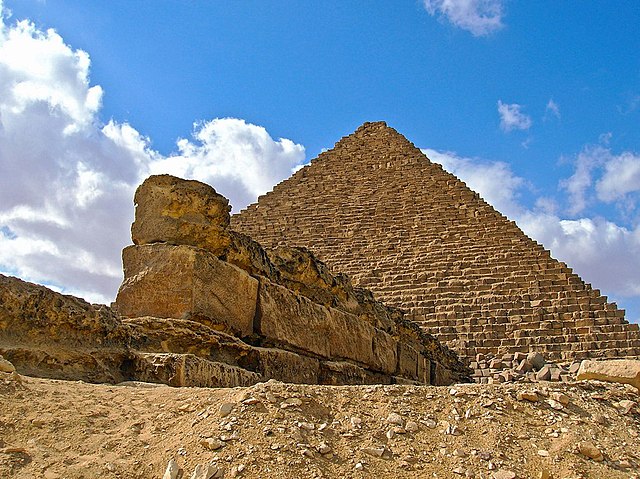
1. Although many people associate the pyramids with the hieroglyphs, there have been no writing or hieroglyphics found inside the Great Pyramid of Giza. (Source)
